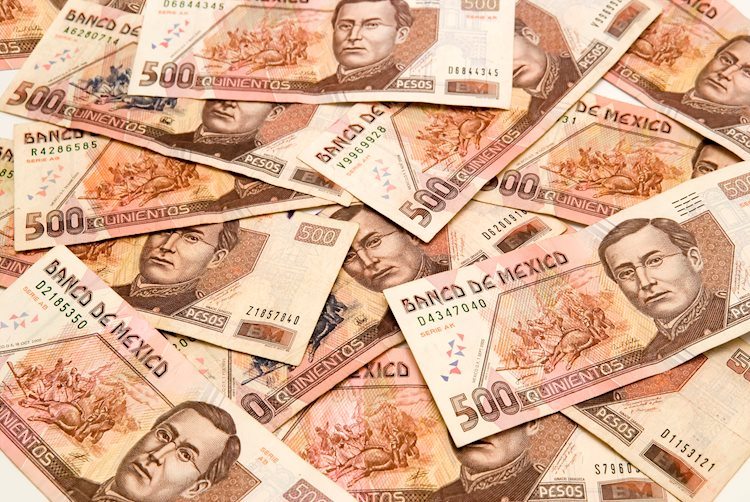The Mexican Peso saw appreciation against the US Dollar following the release of third-quarter GDP growth figures that outperformed expectations. Despite upbeat data from the United States failing to boost the Greenback, the USD/MXN trades at 20.01 after hitting a daily high of 20.18. Mexico’s economic growth for the third quarter of 2024 grew by 1% QoQ, surpassing estimates, with annual GDP expanding by 1.5%. However, a potential victory by former President Donald Trump in the upcoming US presidential election could weigh on the Peso due to his threats of imposing tariffs on Mexican auto imports.
Analysts predict a close race between Trump and Vice President Kamala Harris, with Trump currently holding a slight advantage. US data showed a dip in headline inflation, with the core PCE Price Index remaining unchanged in October compared to September. Additionally, the number of Americans filing for unemployment benefits decreased to its lowest level in five months. Looking ahead, upcoming Mexican data on Business Confidence, employment, and US Nonfarm Payrolls and ISM Manufacturing PMI could influence the USD/MXN exchange rate.
The USD/MXN remains influenced by political turmoil in Mexico, specifically after the approval of a controversial judiciary reform that led to resignations of Supreme Court judges. Money market futures suggest that the Bank of Mexico is expected to cut rates between 175 to 200 basis points over the next 12 months. US economic data shows that the headline PCE retreated, while the core PCE exceeded forecasts. Initial Jobless Claims and ADP National Employment Change data also showed positive trends.
In terms of technical outlook, the USD/MXN uptrend remains intact, with potential support near the 20.00 psychological level. Oscillators indicate that buyers are gaining momentum, suggesting potential further gains in the exchange rate. Factors such as interest rate decisions by Banxico, macroeconomic data releases, and market risk sentiment can impact the valuation of the Mexican Peso. The currency tends to perform well during risk-on periods and weakened during times of market turbulence or uncertainty.
Overall, the Mexican Peso’s performance is closely tied to economic data releases, geopolitical events, and investor sentiment. As a key exporter of oil and a manufacturing hub, Mexico’s currency is influenced by various factors at play in the global economy. Monitoring upcoming data releases and geopolitical developments will be crucial in understanding the potential trajectory of the USD/MXN exchange rate in the coming days and weeks.









